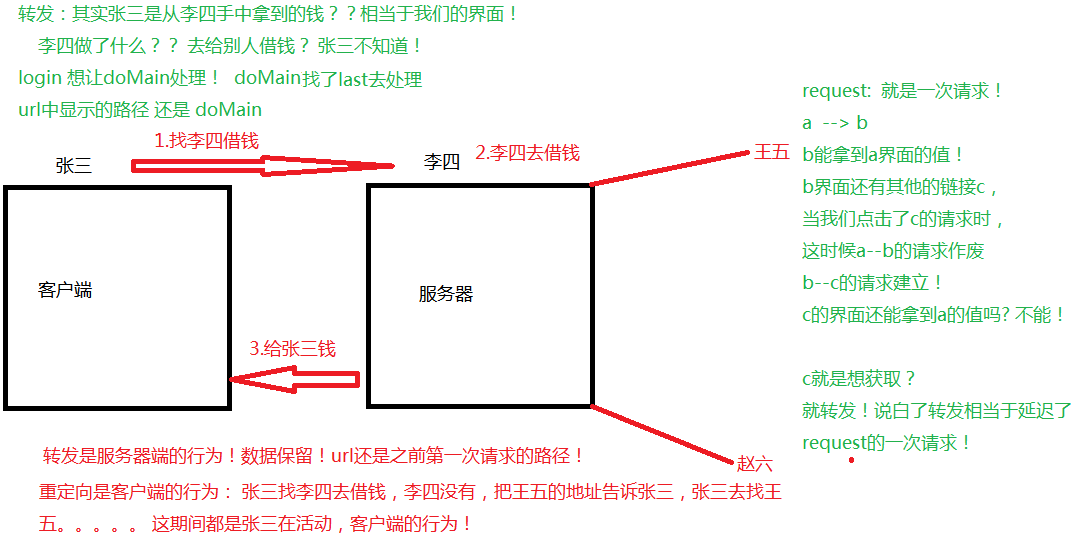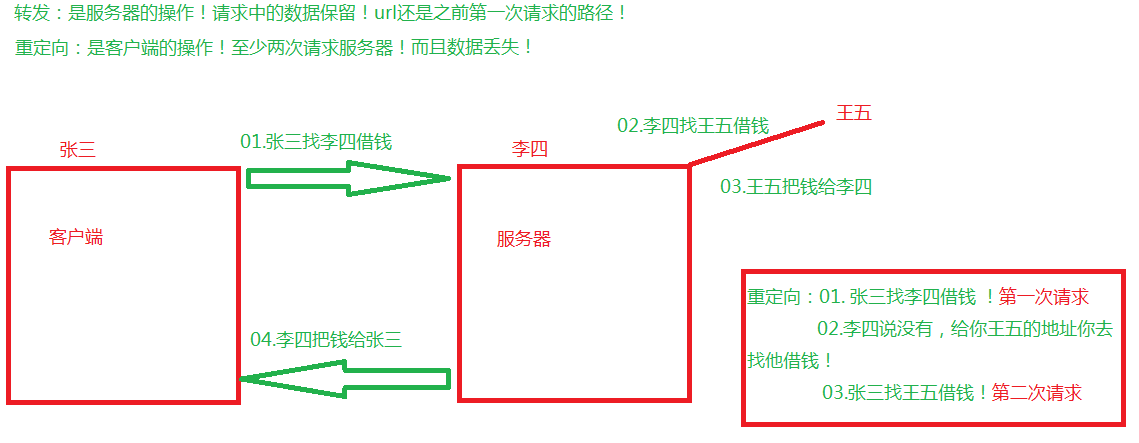1.创建一个login.jsp登陆界面
<%@ page language="java" import="java.util.*" pageEncoding="UTF-8"%> <% String path = request.getContextPath(); String basePath = request.getScheme()+"://"+request.getServerName()+":"+request.getServerPort()+path+"/"; %> <!DOCTYPE HTML PUBLIC "-//W3C//DTD HTML 4.01 Transitional//EN"> <html> <head> <base href="<%=basePath%>"> <title>login.jsp</title> <meta http-equiv="pragma" content="no-cache"> <meta http-equiv="cache-control" content="no-cache"> <meta http-equiv="expires" content="0"> <meta http-equiv="keywords" content="keyword1,keyword2,keyword3"> <meta http-equiv="description" content="This is my page"> <!-- <link rel="stylesheet" type="text/css" href="styles.css"> --> </head> <body> <%-- action:我们需要提交的地址 method:请求的方式 --%> <form action="doMain.jsp" method="get"> <table> <tr> <td>用户名:</td> <td><input type="text" name="userName"></td> </tr> <tr> <td>密码:</td> <td><input type="password" name="password"></td> </tr> <tr> <td><input type="submit" value="登录"></td> </tr> </table> </form> </body> </html>
2.创建对应的处理界面doMain.jsp
<%@ page language="java" import="java.util.*" pageEncoding="UTF-8" contentType="text/html; charset=ISO-8859-1" %> <% String path = request.getContextPath(); String basePath = request.getScheme()+"://"+request.getServerName()+":"+request.getServerPort()+path+"/"; %> <!DOCTYPE HTML PUBLIC "-//W3C//DTD HTML 4.01 Transitional//EN"> <html> <head> <base href="<%=basePath%>"> <title>doMain.jsp</title> <meta http-equiv="pragma" content="no-cache"> <meta http-equiv="cache-control" content="no-cache"> <meta http-equiv="expires" content="0"> <meta http-equiv="keywords" content="keyword1,keyword2,keyword3"> <meta http-equiv="description" content="This is my page"> <!-- <link rel="stylesheet" type="text/css" href="styles.css"> --> </head> <body> <h1>登录成功</h1> <%-- login.jsp中的form表单 get方式请求乱码 01.治标不治本 不推荐使用 String userName=new String(name.getBytes("iso-8859-1"),"utf-8"); 02.治本 在服务器中的conf文件夹中找到server.xml文件中的Connector节点中 新增属性 URIEncoding="UTF-8" --%> <% //根据login.jsp页面 name的属性值 获取 value //post乱码 解决 是不是每个页面都需要设置 请求编码格式??? 后面 我们会用Filter request.setCharacterEncoding("utf-8"); //请求的编码 response.setCharacterEncoding("utf-8"); //响应的编码 String name=request.getParameter("userName"); //获取用户名 String pwd=request.getParameter("password"); //获取密码 %> <%-- 就是想把login页面的值 传递给last.jsp --%> <% out.print("用户名:"+name); out.print("密码:"+pwd); //把从login页面拿到的值 存储到了 request作用域中了 request.setAttribute("userName", name); request.setAttribute("password", pwd); //转发到了last.jsp 携带了数据 last页面能取得数据 //request.getRequestDispatcher("last.jsp").forward(request, response); //重定向last.jsp 数据都会丢失! last页面不能取得数据 response.sendRedirect("last.jsp"); %> <%-- get请求 --%> <a href="last.jsp?userName=小黑黑2&password=123456">跳转到最后一个界面</a> </body> </html>
3.创建last.jsp看能不能获取login.jsp的值?
<%@ page language="java" import="java.util.*" pageEncoding="UTF-8"%> <% String path = request.getContextPath(); String basePath = request.getScheme()+"://"+request.getServerName()+":"+request.getServerPort()+path+"/"; %> <!DOCTYPE HTML PUBLIC "-//W3C//DTD HTML 4.01 Transitional//EN"> <html> <head> <base href="<%=basePath%>"> <title>last.jsp</title> <meta http-equiv="pragma" content="no-cache"> <meta http-equiv="cache-control" content="no-cache"> <meta http-equiv="expires" content="0"> <meta http-equiv="keywords" content="keyword1,keyword2,keyword3"> <meta http-equiv="description" content="This is my page"> <!-- <link rel="stylesheet" type="text/css" href="styles.css"> --> </head> <body> <h1>last.jsp</h1> <% //在doMain中使用了转发后 能直接获取 login页面的值 String name=request.getParameter("userName"); //获取用户名 String pwd=request.getParameter("password"); //获取密码 out.print("用户名:"+name); out.print("密码:"+pwd); %> <% //从request.getAttribute()取值 request.setCharacterEncoding("utf-8"); //请求的编码 String name1=(String)request.getAttribute("userName");//获取用户名 String pwd2=(String)request.getAttribute("password"); //获取密码 out.print("用户名:"+name1); out.print("密码:"+pwd2); %> </body> </html>
4.通过request获取界面的多个值
01.创建request1.jsp
<form action="request2.jsp" method="post"> <input type="checkbox" name="box" value="别玩手机">别玩手机" <input type="checkbox" name="box" value="就玩手机">就玩手机" <input type="checkbox" name="box" value="还玩手机">还玩手机" <input type="checkbox" name="box" value="真玩手机">真玩手机" <input type="checkbox" name="box" value="玩手机">玩手机"> <button type="submit">提交</button> </form>
02.创建request2.jsp
<body> <% request.setCharacterEncoding("utf-8"); //获取选中复选框的值 String [] boxs=request.getParameterValues("box"); //首先进行判断 必须先判断非空 if(boxs!=null&&boxs.length!=0){ for(String box:boxs){ out.print(box+"<br/>"); } }else{ //重定向到request1界面 response.sendRedirect("request1.jsp"); } %> <h1>request对象常用的方法</h1> 获取http请求中使用的方法名称 <%=request.getMethod() %><br/> 获取http请求中调用servlet的url部分 <%=request.getServletPath() %><br/> 获取http请求中MIME类型 <%=request.getContentType() %><br/> 获取请求中服务器主机名称 <%=request.getServerName() %><br/> 获取请求中服务器的端口号名称 <%=request.getServerPort() %><br/> 获取请求中服务器的ip地址 <%=request.getRemoteAddr()%><br/> 获取请求中服务器的ip地址 <%=request.getRemoteHost()%><br/> 获取请求中使用的协议 <%=request.getScheme() %><br/> </body>
转发和重定向

